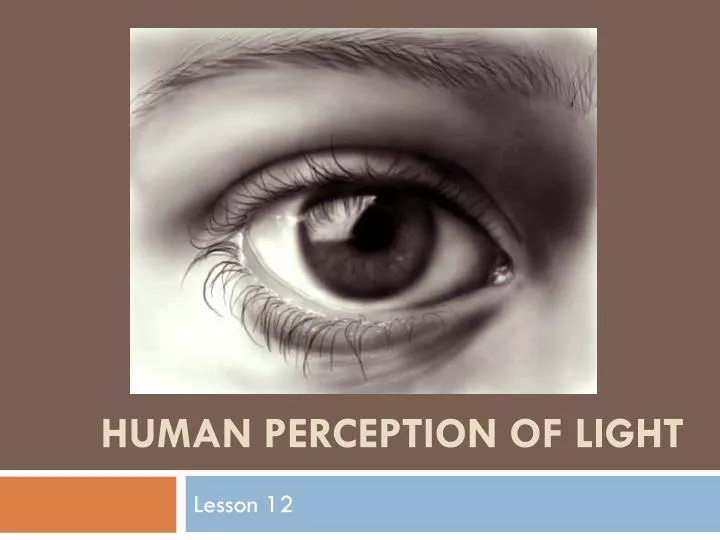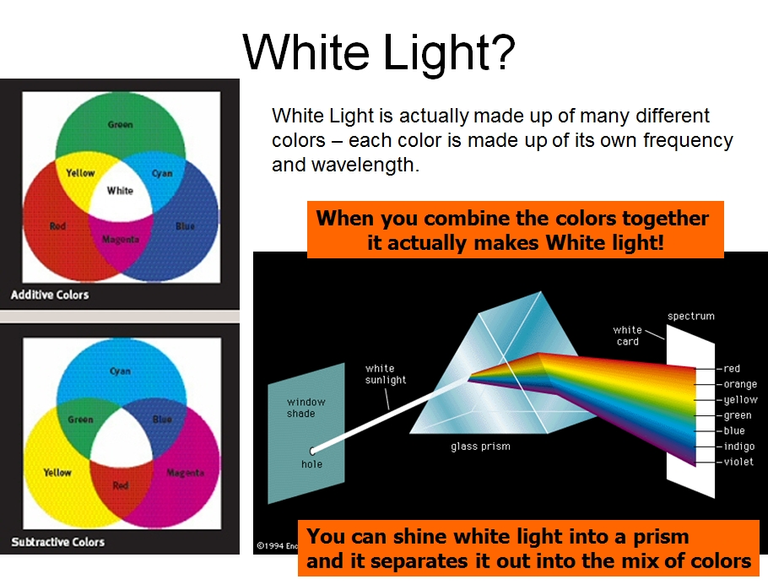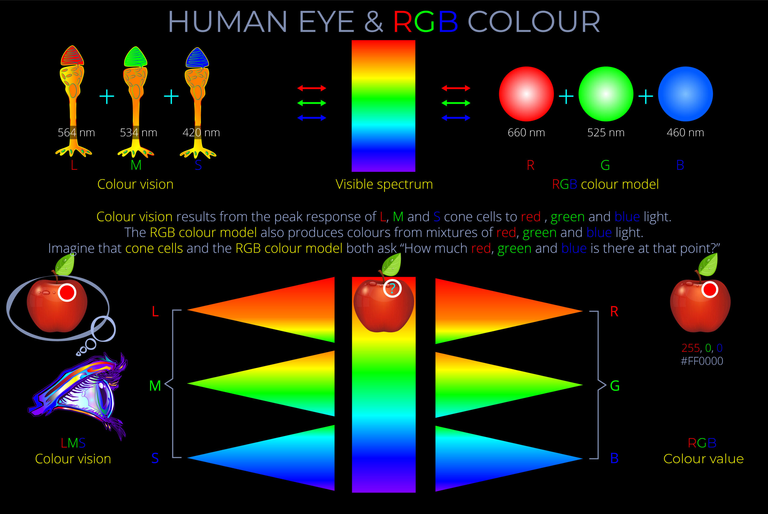
Light, a form of electromagnetic radiation, encompasses a spectrum of wavelengths, only a fraction of which are visible to the human eye. This visible spectrum ranges from approximately 380 to 700 nanometers, with different wavelengths corresponding to different perceived colors—from violet at the shorter wavelengths to red at the longer ones.

Beyond the visible spectrum lie ultraviolet and infrared wavelengths, which humans cannot see but can sometimes perceive through other senses. For instance, while infrared light is invisible, we can feel it as heat.

Our perception of color arises from the way our eyes and brain interpret different wavelengths of light. The human eye contains photoreceptor cells—rods and cones—that detect light and convert it into electrical signals. Cones are responsible for color vision and come in three types, each sensitive to specific wavelengths corresponding to red, green, or blue light. The brain processes signals from these cones to produce the rich tapestry of colors we perceive.
Interestingly, the colors we see are not inherent properties of objects but are determined by the wavelengths of light they reflect. For example, an object appears red because it reflects wavelengths associated with red light while absorbing others. This reflection and absorption of light are fundamental to our experience of color in the world around us.

Understanding the science of light and human perception not only enriches our appreciation of the natural world but also informs various technologies—from the screens we use to the way we light our environments—enhancing both functionality and aesthetic appeal.
